Unlocking Potential: Blockchain’s Real-World Applications Beyond Bitcoin | Ultimate Guide
Once primarily associated with cryptocurrencies like Bitcoin, blockchain technology has matured into a powerful, versatile tool with the capacity to revolutionize industries across the globe. Far from being a niche financial innovation, the true power of Blockchain Beyond Bitcoin: Real-World Applications lies in its underlying principles of decentralization, immutability, and transparency. This guide delves into how blockchain is moving from proof-of-concept to tangible profit, reshaping everything from supply chains to healthcare and beyond, offering a definitive resource for businesses and enthusiasts alike.
Key Takeaways:
- Blockchain’s utility extends far beyond cryptocurrencies, offering transformative solutions across diverse industries.
- Real-world applications deliver quantifiable results like enhanced traceability, cost savings, and improved efficiency.
- Successful implementation hinges on understanding different blockchain types (public, private, consortium) and their optimal use cases.
- Challenges like scalability, regulatory uncertainty, and interoperability are actively being addressed by innovative solutions.
- Integration with AI and IoT creates powerful, intelligent systems that unlock new levels of automation and insight.
- The future of blockchain is geared towards greater sustainability, accessibility, and new, impactful applications in Web3 and decentralized identity.
Understanding Blockchain: More Than Just Digital Cash
At its core, blockchain is a distributed ledger technology (DLT) that records transactions across a network of computers. Each “block” of transactions is cryptographically linked to the previous one, forming an immutable chain. This distributed nature eliminates the need for a central authority, fostering trust and security among participants. While Bitcoin introduced this concept to the world for digital currency, the underlying technology offers far broader utility.
The innovation lies in its ability to create a single, shared, and tamper-proof record of data or transactions, accessible to all authorized participants. This fundamental shift from centralized databases unlocks new paradigms for efficiency, transparency, and trust in complex systems.
Types of Blockchain for Different Applications
Not all blockchains are created equal. The choice of blockchain type profoundly impacts its suitability for specific real-world applications, balancing decentralization with control and privacy .
- Public Blockchains: These are permissionless networks, open to anyone to join, read, write, and validate transactions. They offer maximum decentralization and transparency but often face challenges with scalability and privacy for sensitive enterprise data. Examples include Ethereum and Bitcoin. They are ideal for decentralized applications (dApps) and cryptocurrency systems where global, trustless participation is paramount.
- Private Blockchains: Managed by a single organization, private blockchains are permissioned networks where access is restricted to authorized participants. They offer higher transaction speeds, better privacy, and more control over governance. Examples include Hyperledger Fabric and R3 Corda. These are well-suited for internal enterprise systems or consortiums where data sharing needs strict controls.
- Consortium Blockchains: A hybrid of public and private, these are permissioned networks governed by a group of pre-selected organizations, not a single entity. They strike a balance between decentralization and centralized control, offering shared costs and risks. They are particularly effective for inter-organizational collaboration within an industry, like supply chain management or finance. [6, 14]
- Hybrid Blockchains: These combine elements of both public and private blockchains, allowing for a flexible architecture where certain data can be public while other parts remain private. This model offers a balance between transparency and confidentiality, facilitating interoperability between different networks.
From Proof-of-Concept to Profit: Tangible Impact Across Industries
The most compelling aspect of Blockchain Beyond Bitcoin: Real-World Applications is its ability to deliver quantifiable benefits. Businesses are increasingly moving past experimental phases to integrate blockchain into their core operations, seeing improvements in efficiency, cost reduction, and fraud prevention .
Supply Chain Management: Unprecedented Transparency and Traceability
Traditional supply chains are notoriously complex, prone to inefficiencies, fraud, and a lack of visibility. Blockchain addresses these issues by providing an immutable, shared record of every product movement, from raw material to consumer .
- IBM Food Trust: This platform allows stakeholders to trace food products “farm-to-fork.” For example, tracing a package of mangoes that typically takes “six days, 18 hours and 25 minutes” can be reduced to just 2.2 seconds using IBM Food Trust. This dramatically improves food safety, reduces waste, and boosts consumer trust, leading to increased sales for participating brands. [36, 39, 40, 42]
- Maersk TradeLens: A collaborative platform by Maersk and IBM, TradeLens provides a global, blockchain-powered solution for container shipping. It offers near real-time visibility, security, and efficiency across the entire logistics ecosystem. The platform handles millions of events and hundreds of thousands of documents weekly, streamlining cross-border trade and reducing costs by eliminating paper-based processes and manual handling.
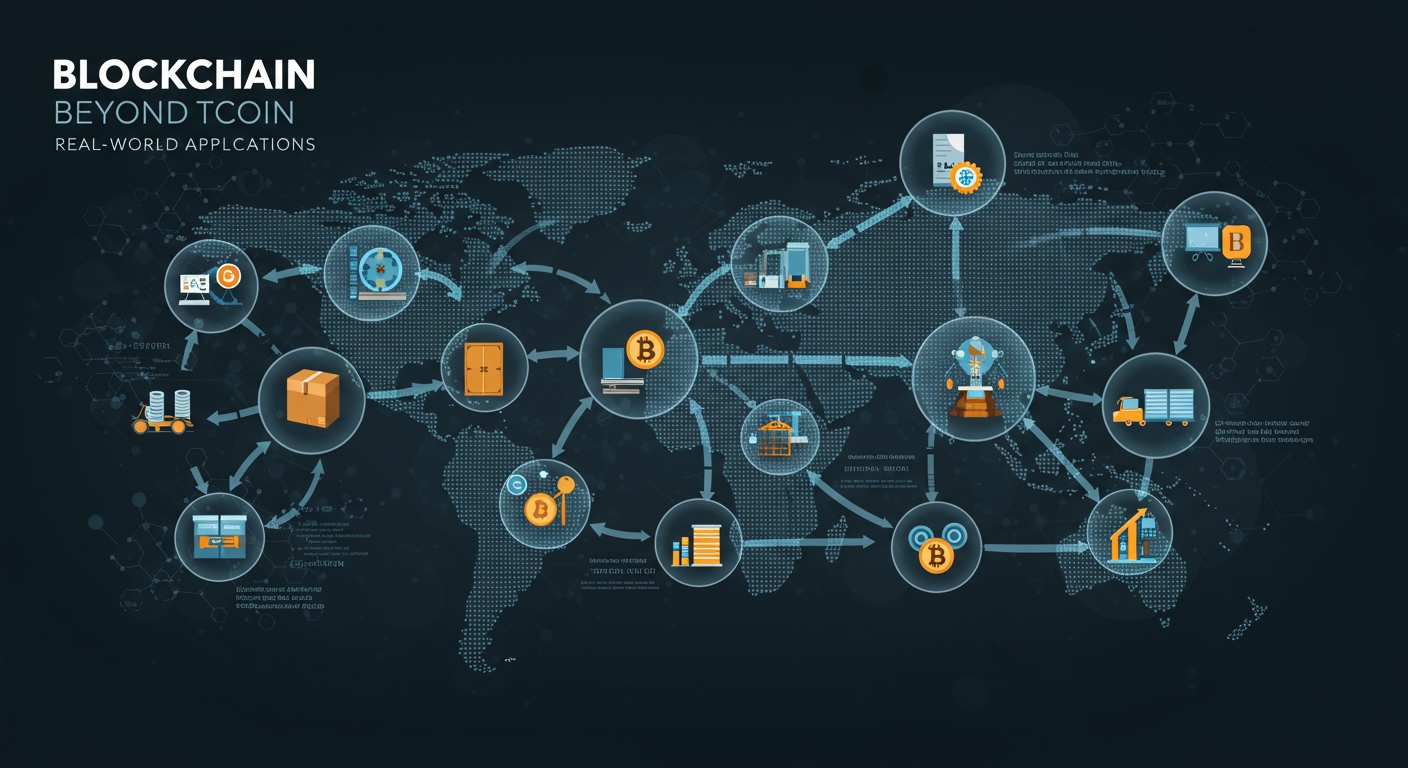
Healthcare: Securing Data and Streamlining Operations
In healthcare, blockchain promises enhanced data security, improved interoperability, and patient-centric control over sensitive information. It combats data silos and ensures the authenticity of medical supplies .
- MedRec: Developed by MIT, MedRec is an early example of a blockchain-based electronic health record (EHR) system. It allows patients to have an immutable log of their medical history and provides granular control over who can access their data. This improves data quality for research and facilitates secure data exchange between providers, addressing fragmented data and interoperability issues.
- Pharmaceutical Supply Chain: Projects like MediLedger utilize blockchain to track drugs, reducing the risk of counterfeit medications and ensuring the integrity of the supply chain. This is crucial for patient safety and regulatory compliance.
Intellectual Property and Royalties: Protecting Creators
Blockchain offers creators unprecedented ways to prove ownership, manage rights, and automate royalty distributions for intellectual property (IP). It provides timestamped, immutable records of creation and usage.
- Bernstein.io & Fox Corporation’s Verify: Platforms like Bernstein.io offer blockchain-based IP registration, providing private, timestamped records of creations without third-party access. Fox Corporation launched Verify to authenticate content and support AI licensing, demonstrating how blockchain secures digital assets. Music and film platforms like Ujo Music and FilmChain automate royalty payments, ensuring artists and creators are fairly compensated and tracked.
Real Estate: Digitizing Transactions and Ownership
The real estate industry, known for its paperwork and intermediaries, benefits from blockchain through digitized records, smart contracts, and fractional ownership opportunities .
- Propy & RealT: Propy is an international real estate marketplace that uses blockchain and smart contracts to simplify property transactions, aiming to reduce reliance on intermediaries and enhance transparency. RealT enables fractional ownership of properties through tokenization, making real estate investment more accessible and liquid for a broader investor base. Other platforms like Ubitquity provide SaaS blockchain for secure record-keeping and land registries.
Finance: Beyond Cryptocurrencies
While Bitcoin is a financial application, blockchain’s impact on traditional finance extends to faster, cheaper, and more secure transactions, especially cross-border payments, and the rise of Decentralized Finance (DeFi)
- Ripple: Networks like Ripple enable banks and financial institutions to process real-time, cross-border payments more efficiently, significantly reducing transaction times and costs compared to traditional systems.
- DeFi Platforms (Aave, Compound): These platforms leverage blockchain and smart contracts to offer lending, borrowing, and other financial services directly between users, bypassing traditional intermediaries and creating new, more accessible financial models.
Economic Impact and ROI of Blockchain Adoption
For businesses, the adoption of blockchain isn’t just about technological advancement; it’s about a measurable return on investment (ROI). Blockchain solutions drive economic impact through several key avenues:
- Cost Reduction: By eliminating intermediaries, automating processes with smart contracts, and reducing manual reconciliation, businesses can significantly cut operational costs.
- Efficiency Gains: Real-time data sharing and immutable records speed up transactions and information flow, leading to faster settlements, quicker problem resolution (e.g., food traceability), and overall operational agility.
- Fraud Prevention & Security: The inherent security and immutability of blockchain drastically reduce the risk of fraud, tampering, and cyberattacks, saving businesses from substantial financial losses and reputational damage.
- Enhanced Trust & Brand Loyalty: Providing transparent and verifiable information (e.g., product provenance) builds consumer trust, which can translate into increased sales and stronger brand loyalty.
- New Revenue Streams: Blockchain enables new business models like tokenization (e.g., fractional ownership of assets) and decentralized marketplaces, opening up new avenues for revenue generation and market expansion.
Challenges and Limitations to Blockchain Adoption
Despite its immense potential, blockchain technology faces several hurdles that impede its widespread adoption . Addressing these “implementation realities” is crucial for sustained growth.
- Scalability: Many public blockchain networks, particularly those using Proof-of-Work, struggle with transaction speed and volume, limiting their ability to compete with traditional centralized systems. Solutions like Layer 2 protocols and Proof-of-Stake are emerging to tackle this.
- Regulatory Complexities: The lack of clear, consistent regulatory frameworks across different jurisdictions creates uncertainty for businesses looking to implement blockchain solutions. This – blockchain governance and legal clarity are still evolving.
- Interoperability: The blockchain ecosystem is fragmented, with many isolated networks unable to communicate seamlessly. Projects focusing on cross-chain communication are vital to bridging this gap.
- High Implementation Costs: While blockchain can offer long-term savings, the initial investment in developing or integrating blockchain solutions, coupled with the need for specialized talent, can be significant.
- User Experience & Complexity: For mainstream adoption, blockchain solutions need to become more user-friendly and less technically complex for end-users without specialized expertise.
- Lack of Trust & Understanding: Many businesses remain hesitant due to a lack of understanding or concerns about the security and reliability of newer blockchain providers, highlighting the need for robust cybersecurity and compliance frameworks.
Integration with Other Technologies: Creating Powerful Solutions
Blockchain’s true transformative potential is amplified when integrated with other cutting-edge technologies like Artificial Intelligence (AI) and the Internet of Things (IoT). This synergy creates “intelligent” systems that can automate, analyze, and secure data in unprecedented ways .
- Blockchain + IoT: IoT devices generate vast amounts of data. Blockchain provides a secure, immutable ledger to record this data, ensuring its integrity and authenticity. This is crucial for applications like smart supply chains (e.g., sensor data on temperature and location recorded on a blockchain for perishable goods), smart cities, and secure IoT networks. IBM, for example, combines blockchain with IoT solutions for fleet management, monitoring data to optimize decision-making in areas like energy and equipment.
- Blockchain + AI: AI thrives on data, and blockchain can provide a trusted, verified source of that data. Conversely, AI can analyze blockchain data to identify patterns, predict outcomes, and automate decision-making. For instance, AI can be used to monitor blockchain networks for anomalies, enhancing security, or to optimize smart contract execution based on real-time conditions. Fox Corporation’s Verify platform, mentioned earlier, supports AI licensing, showcasing this integration.

Sustainability and Energy Consumption: A Greener Future for Blockchain
The energy consumption associated with some blockchain technologies, particularly older Proof-of-Work (PoW) mechanisms, has been a significant environmental concern. However, the industry is rapidly moving towards more sustainable solutions.
- Proof-of-Stake (PoS) and Beyond: The transition from PoW to more energy-efficient consensus mechanisms like Proof-of-Stake (PoS), as seen with Ethereum 2.0, dramatically reduces energy consumption (estimated over 99%). Many newer blockchains are built with energy efficiency as a core design principle.
- Green Blockchain Initiatives: There’s a growing focus on “green blockchains” that utilize renewable energy sources for their operations or employ minimal energy consensus mechanisms. Initiatives like the Climate Action Data (CAD) Trust leverage blockchain (e.g., on Solana for its low energy use) to enhance transparency in carbon markets, ensuring the legitimacy and traceability of carbon credits.
- Environmental Impact Tracking: Beyond energy use, blockchain is being used to track and verify sustainability efforts across supply chains, providing immutable proof of ethical sourcing and environmental compliance, thus fostering a “green economy.”
Future Outlook and Emerging Trends
The trajectory of blockchain technology points towards even more profound impacts across societies and economies. The future of Blockchain Beyond Bitcoin: Real-World Applications promises significant advancements.
- Decentralized Identity (DeID): Blockchain could enable individuals to own and control their digital identities, reducing reliance on centralized authorities and enhancing privacy and security online.
- Web3 and the Metaverse: As the foundation of Web3, blockchain will be integral to building decentralized internet services, virtual worlds, and digital economies, empowering users with greater ownership and control over their data and assets. You can learn more about Web3 and its implications for the internet.
- Quantum-Resistant Blockchains: Research is ongoing into developing blockchains that can withstand attacks from quantum computers, ensuring long-term security.
- Interoperability Solutions: Continued development of protocols that allow different blockchains to communicate will be key to creating a truly interconnected decentralized ecosystem.
- Real-World Asset Tokenization: The tokenization of tangible assets, from real estate to art and commodities, will become more mainstream, democratizing investment and increasing liquidity.
Conclusion
The journey of blockchain technology from its cryptographic origins to its current status as a transformative force is a testament to its profound potential. As we’ve explored, Blockchain Beyond Bitcoin: Real-World Applications are not just theoretical concepts but operational solutions delivering tangible results across supply chains, healthcare, finance, intellectual property, and real estate. While challenges in scalability, regulation, and interoperability persist, ongoing innovation and a commitment to sustainability are paving the way for a more efficient, transparent, and trustworthy future. For businesses and individuals, understanding and engaging with this evolving technology is no longer optional but essential for navigating the next wave of digital transformation.
FAQ: Answering Your Top Questions About Blockchain’s Real-World Impact
Q1: What are some real-world applications of blockchain beyond cryptocurrency?
Beyond cryptocurrency, blockchain is transforming industries such as supply chain management (e.g., tracing goods with IBM Food Trust), healthcare (secure patient records like MedRec), real estate (digitizing property titles and fractional ownership), intellectual property (proving ownership and automating royalties), and finance (faster cross-border payments, DeFi lending).
Q2: How does blockchain improve supply chain transparency?
Blockchain creates an immutable, shared ledger that records every step of a product’s journey from origin to consumer. This provides real-time traceability, verifies authenticity, reduces fraud, and allows all authorized parties to access the same, trusted information, significantly enhancing transparency.
Q3: What are the main challenges hindering blockchain adoption in businesses?
Key challenges include scalability limitations of some networks, complex and often unclear regulatory environments, a lack of interoperability between different blockchain platforms, the high initial implementation costs, and the need for improved user experience.
Q4: Can blockchain integrate with other emerging technologies like AI and IoT?
Yes, blockchain integrates powerfully with AI and IoT. IoT devices can feed immutable data into blockchain ledgers for secure record-keeping, while AI can analyze this verified blockchain data to gain insights, automate decisions, and enhance security across interconnected systems.
Q5: Is blockchain technology sustainable, given its energy consumption concerns?
The blockchain industry is actively addressing sustainability. While older Proof-of-Work (PoW) systems were energy-intensive, newer Proof-of-Stake (PoS) consensus mechanisms significantly reduce energy consumption. There’s also a growing focus on “green blockchains” that utilize renewable energy sources and initiatives leveraging blockchain for carbon credit transparency.
Q6: What is the potential ROI for businesses implementing blockchain solutions?
Businesses can see ROI through reduced operational costs by eliminating intermediaries and automating processes, increased efficiency from faster transactions and data sharing, enhanced security leading to less fraud, and improved brand trust from greater transparency. It also enables new revenue streams through innovative business models.
Q7: What’s the difference between public, private, and consortium blockchains?
Public blockchains are open and permissionless (like Bitcoin), offering maximum decentralization. Private blockchains are controlled by a single organization and are permissioned, offering more privacy and speed. Consortium blockchains are permissioned networks governed by a group of organizations, balancing decentralization with control, suitable for inter-company collaboration.
Tags : Blockchain, Distributed Ledger Technology, Enterprise Solutions, Industry Transformation, Supply Chain, Healthcare, Real Estate, Intellectual Property, FinTech,IoT, AI, Sustainability, Innovation, Business Strategy.
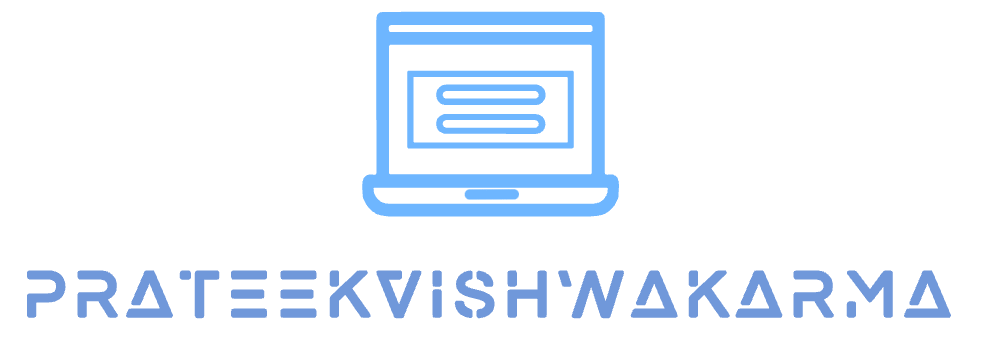
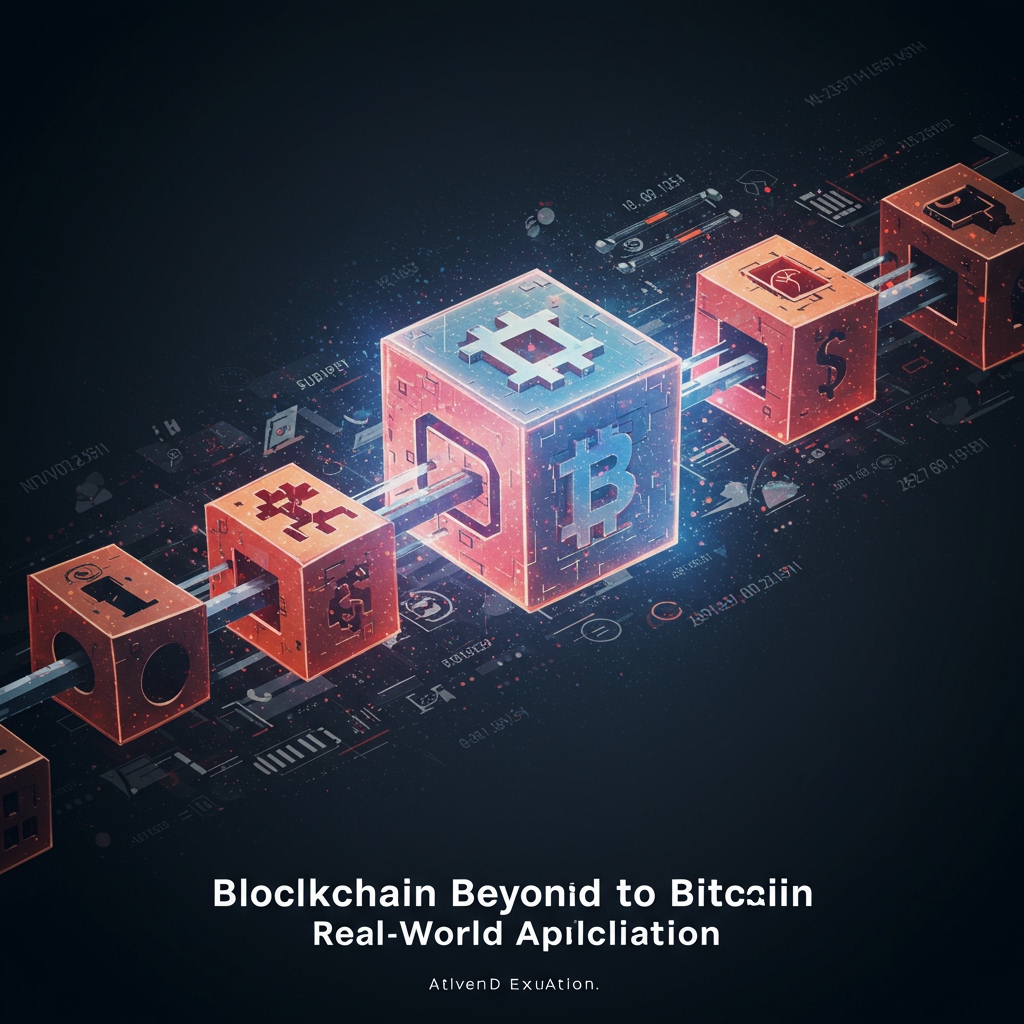



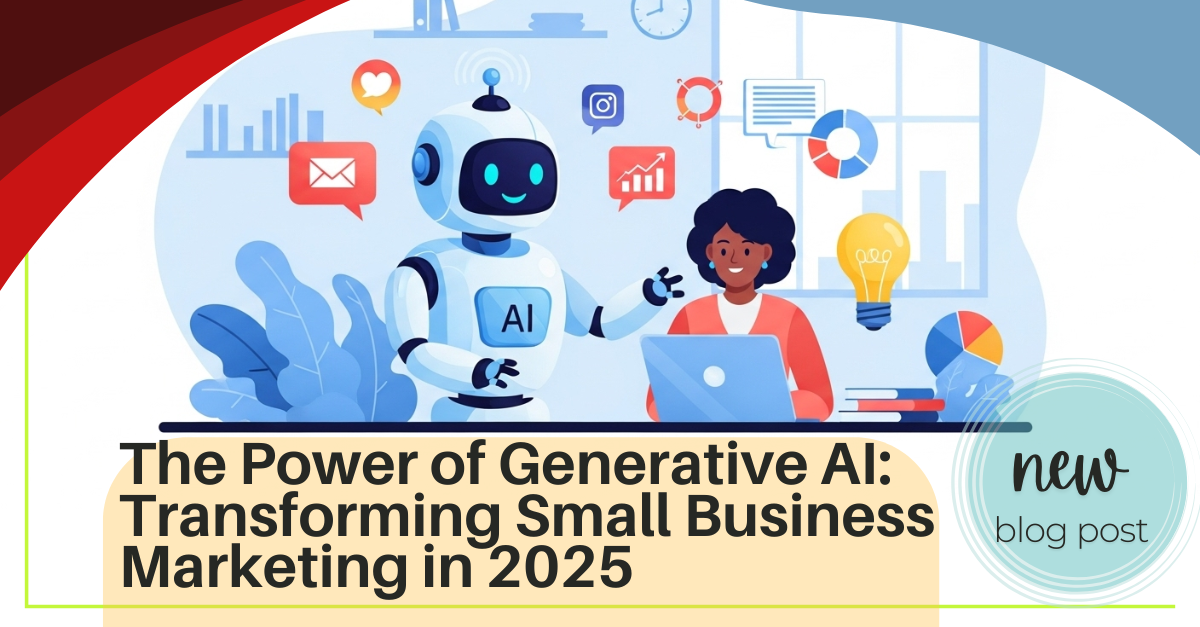

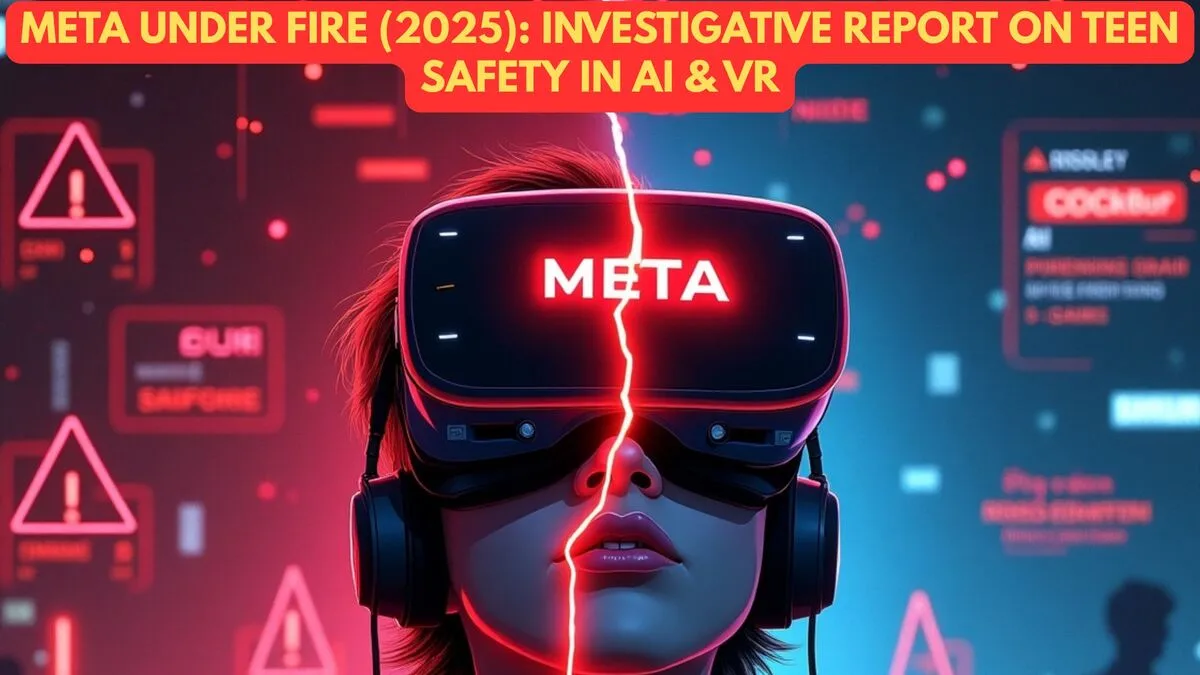








[…] of security and decentralization, the mainstream appeal of a highly valuable, energy-efficient blockchain like Ethereum could shift public perception and put pressure on other energy-intensive digital […]